We have finally arrived in Patagonia. Still more in the northern part but nevertheless in the middle of Patagonia on the Chilean side. Now we are following Ruta 7 instead of Ruta 5 as the main route further south. The section of Ruta 7 from Puerto Montt is also known as the Careterra Austral, a road almost as well-known as the Panamericana. The road conditions will soon change from paved to gravel roads. But not only that, in many places we can’t get any further without ferries.
Ferry from Hornopirén to Caleta Gonzalo
From Hornopirén we take the first longer ferry, the journey takes about 4 hours in two ferry stages with a short road in between. As mentioned, this ferry naturally forms part of Chile’s national road network and is subsidized by the government so that the southern regions can easily connect to the rest of Chile. It seems to us that the southern regions are almost a country in their own right, with their own character compared to the northern part of Chile. Without booking in advance, the limited places on the ferry are fully booked, so we decide about three days in advance to travel on a Saturday. The view during the crossing is magnificent. We sail in a calm fjord framed by steep slopes to the left and right. And as is probably always the case from now on, the lowest few hundred meters are covered in dense forests, after some grey rugged rock and soon the grey surfaces are contrasted with white snowfields. And all this at an altitude of around 900 meters. The snow is so omnipresent and close enough to touch.
In addition, there are countless waterfalls with crystal-clear water – sometimes we really think we are taking in impressions from a paradise here.
Pumalín National Park Douglas Tompkins
The American Douglas Tompkins bought large areas of forest here and turned them into a conservation project. Tompkins wanted to protect the so-called temperate rainforest in this region. In addition to the forest areas, Tompkins also bought areas from cattle breeders and the timber industry, which are constantly being reforested. Even today, over 300,000 new trees are planted every year in order to restore as much of the original nature as possible!
For a long time, this was a private nature park, but in 2006 Chile officially declared the area a national park and thus placed it under national protection.
There are various shorter and longer hiking trails in this national park. Of course, we don’t miss the opportunity to walk through this wonderfully dense forest between huge trees, the Patagonian cypress or alerce (Fitzroya cupressoides), and enjoy the vegetation here enormously.
Ventisquero Colgante
Our first major highlight is the Ventisquero Colgante glacier. The glacier ends at just 950 meters above a vertical slope. The blue of the ice shines out between the rocky slopes and literally hangs in the sky. This is why the Ventisquero Colgange Glacier is also known as the hanging glacier. The entire basin is dotted with many waterfalls, fed by meltwater at this time of year. The largest waterfall has its source right under the glacier, where all the water from the Ventisquero Colgante plunges far into the depths. The dramatic spectacle is further emphasized by the fine mist around the waterfall, as the very cold water causes the humidity in the air to condensate. A unique spectacle that we can discover for ourselves. The hike through the fairytale forest is also really beautiful, as the old forest is always supplied with sufficient moisture by the glacier. The trees are covered in moss and small plants, fallen trees form natural arches over the hiking trail – we love it!
Los Exploradores Glacier
Somehow, we didn’t have the glaciers on our radar. The whole of Patagonia, at least the part we have traveled to so far and it gets even cooler to the south, is full of smaller and larger glaciers at a relatively low altitude. Like so, our next destination, the Los Exploradores glacier, is also a special feature. The Los Exploradores glacier extends from the large northern Patagonian ice field far down into the valley floor. The foothills of this glacier are below us this time and we overlook an entire valley full of ice. A few hundred meters above sea level, there is ice here all year round. First of all, the ice thaws all year round and feeds the Exploradores River, which supplies an entire valley with fresh water. And at the very back we can see the glacier flowing down from the ice field. Of course, the flow is not perceptible to us, but there is plenty of evidence to suggest that the ice is constantly moving. The information boards confirm this, and the speed of the flow surprises us. The glacier makes its way down into the valley at a rate of up to 750m per year. That’s an extreme amount of ice, flowing continuously down into the valley and finally thawing slowly, yet forming a powerful river right at the end of the glacier. Also great for us; only a few people do this hike, many drive to the well-known San Rafael glacier, so we have the hiking trail almost all to ourselves. On the way and on the viewing platforms, we can hear the glacier calving again and again – the breaking off of individual pieces of ice, a thunderous sound followed by the splashing as the ice falls into the water.
Here in Patagonia, nature offers impressive natural spectacles everywhere – we will fill the next reports with them!
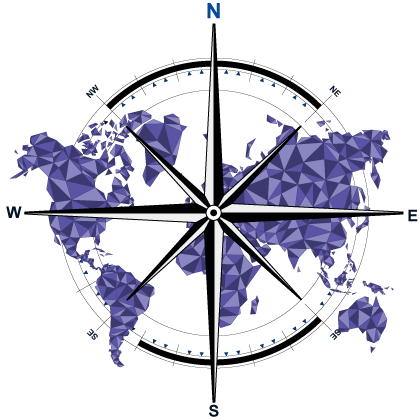






































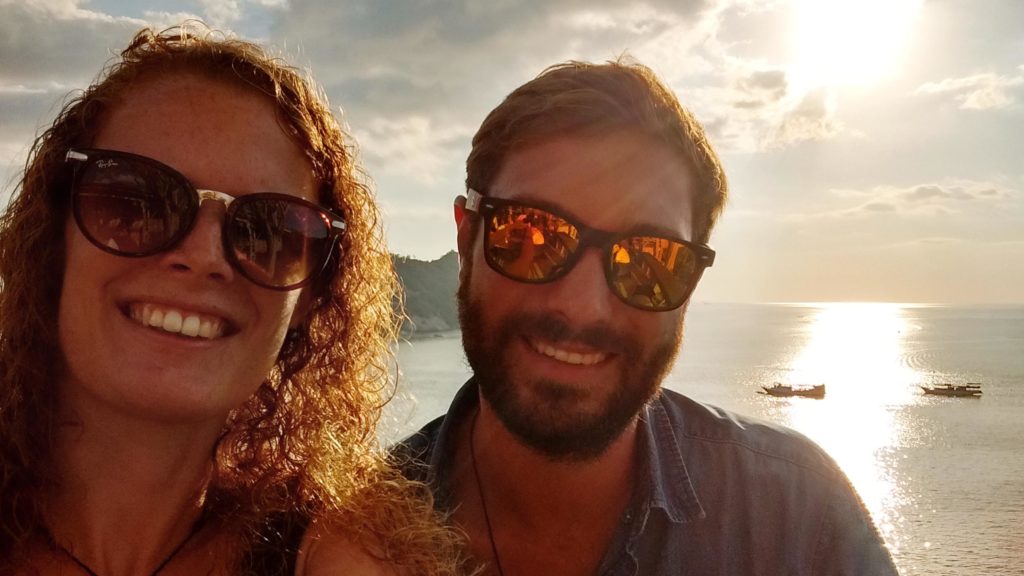
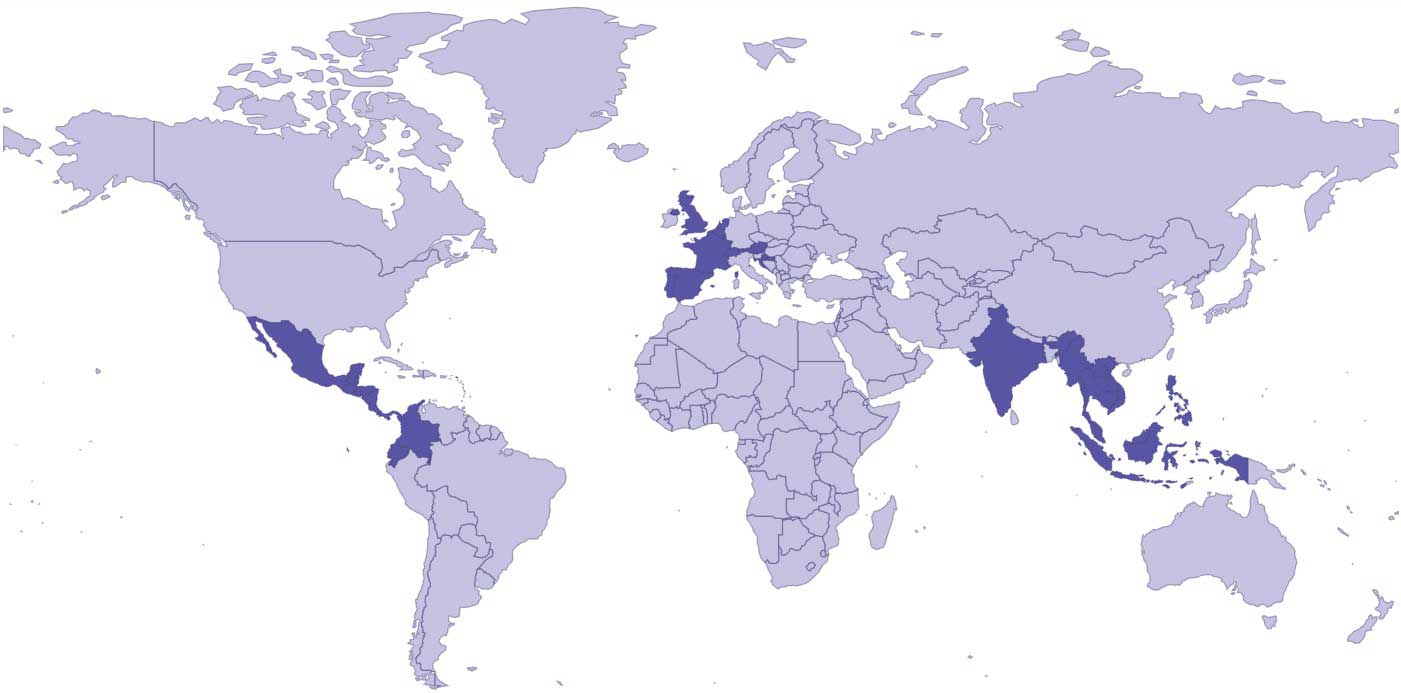
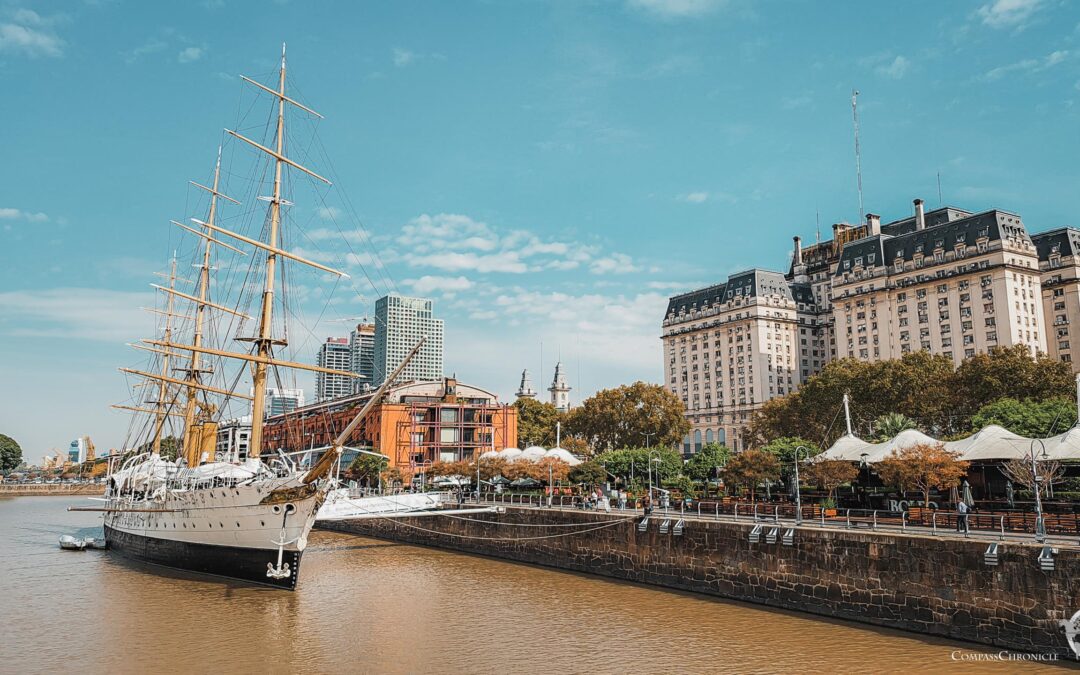
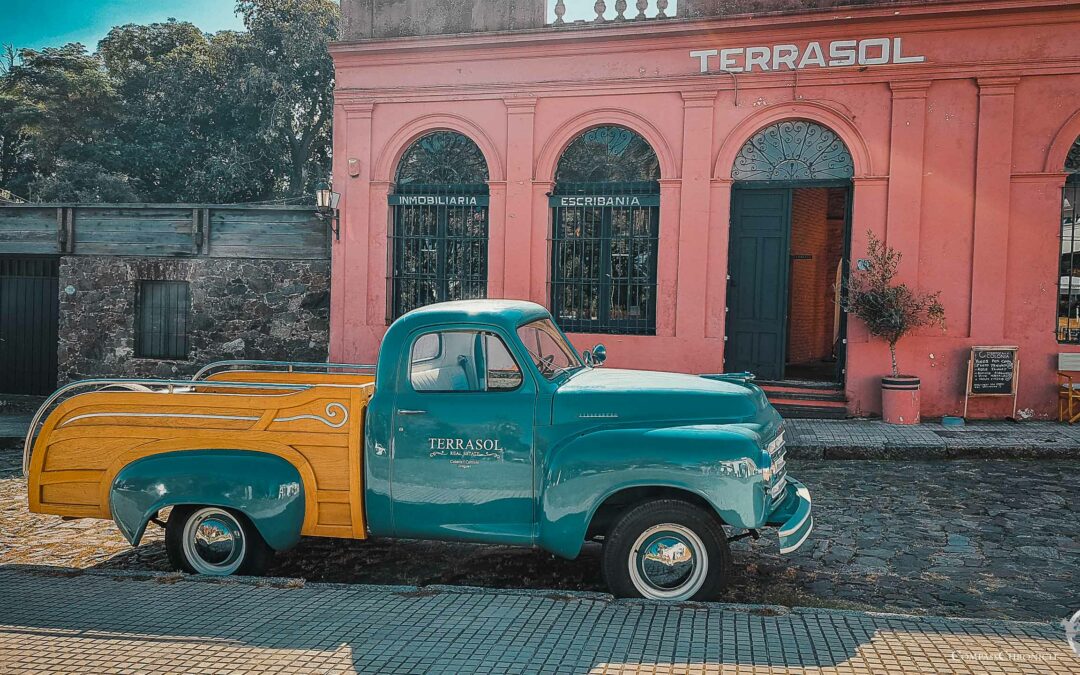
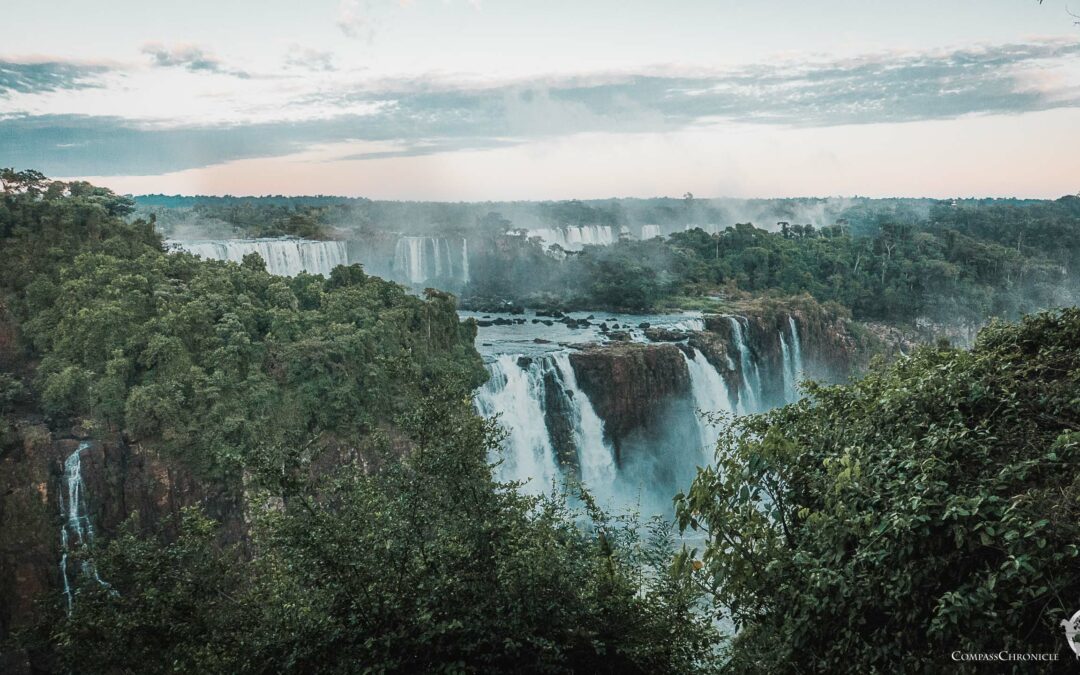
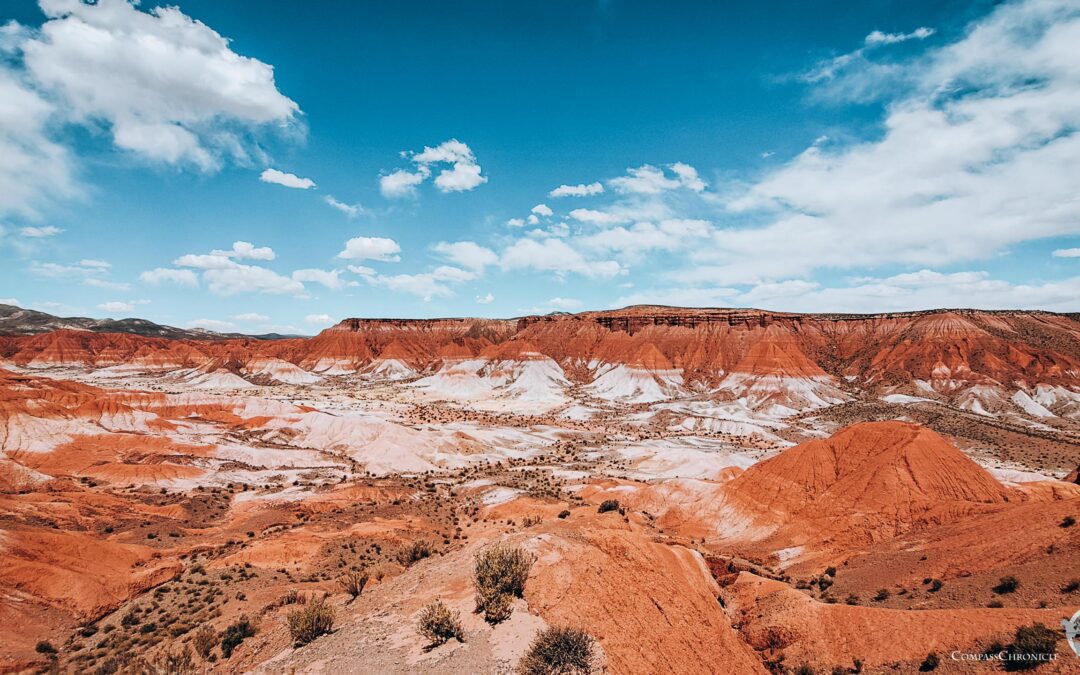
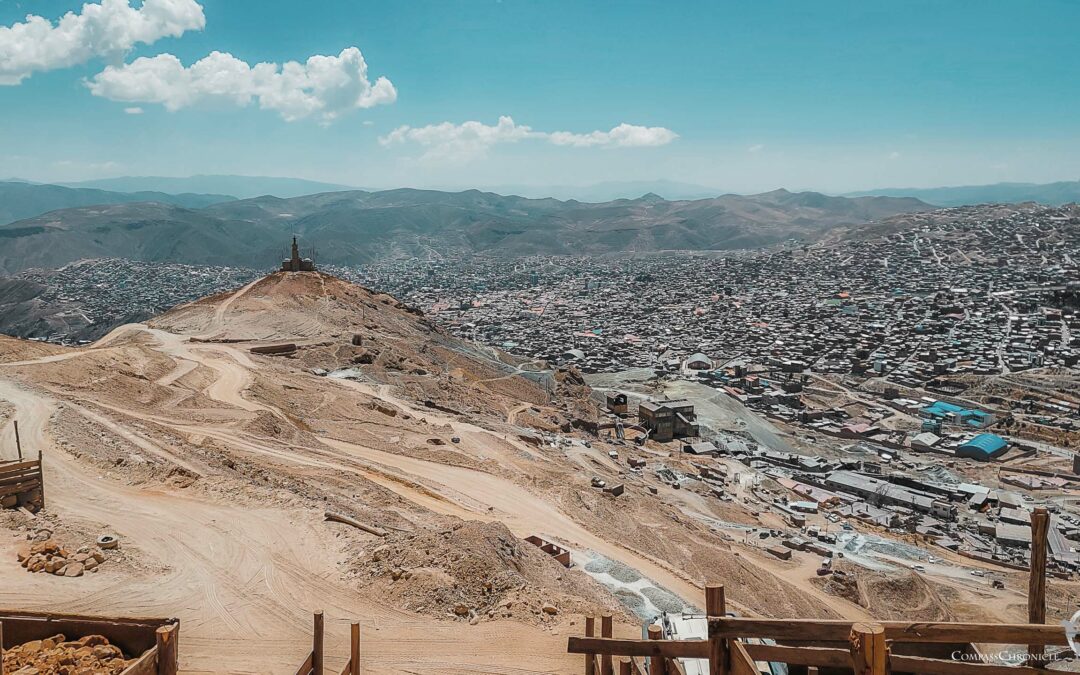
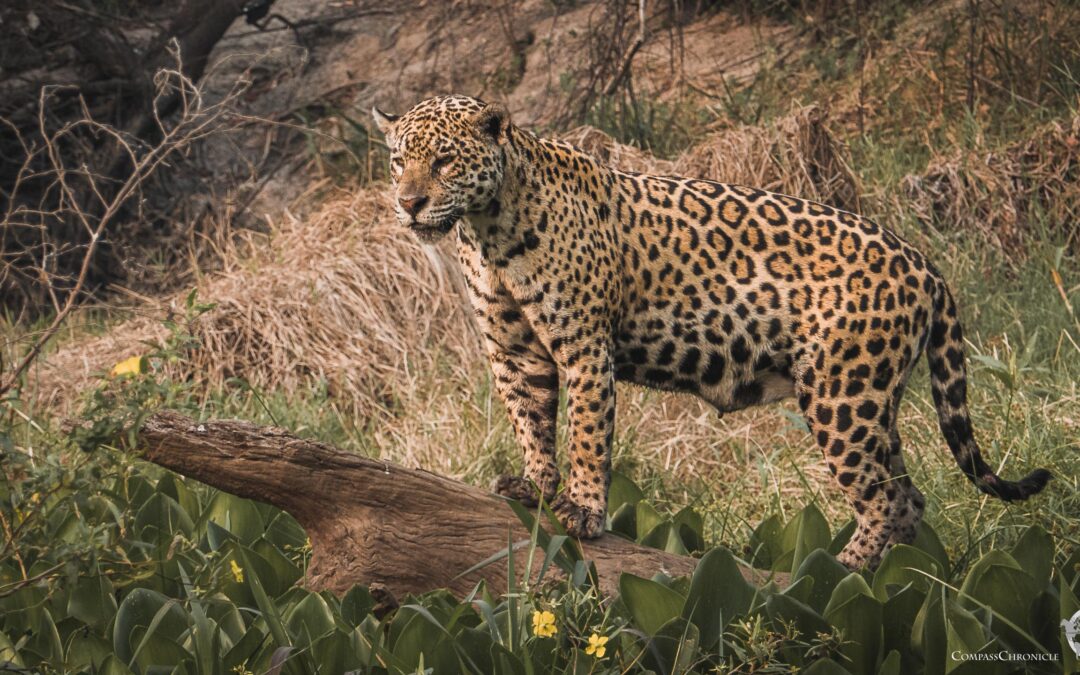
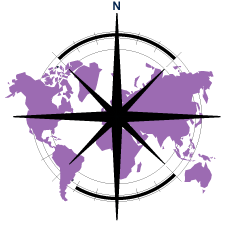
0 Comments